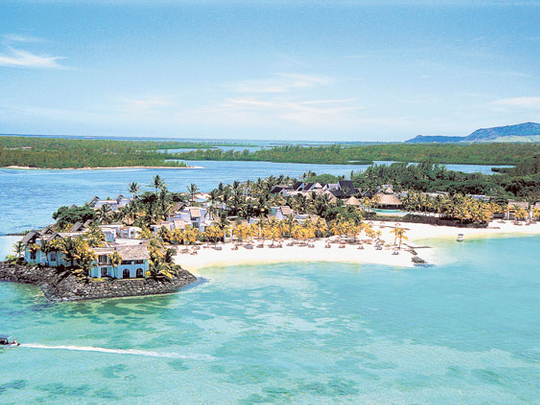
Berlin: Well-known tourist destinations, the Indian Ocean islands of Reunion and Mauritius, actually hide a micro-continent, say a team of researchers.
The continent fragment known as Mauritia detached about 60 million years ago while Madagascar and India drifted apart, and has been hidden under huge masses of lava, the researchers say.
A group of geoscientists from Norway, South Africa, Britain and Germany have suggested the existence of further fragments, based on the study of lava sand grains from the beach of Mauritius, the journal Nature Geoscience reports.
Bernhard Steinberger of the GFZ German Research Centre for Geosciences and Pavel Doubrovine of Oslo University calculated the hotspot trail: “On the one hand, it shows the position of the plates relative to the two hotspots at the time of the rupture, which points towards a causal relation.”
“On the other hand, we were able to show that the continent fragments continued to wander almost exactly over the Reunion plume, which explains how they were covered by volcanic rock,” adds Steinberger, according to a statement of the German Research Centre.
Such micro-continents in the oceans seem to occur more frequently than previously thought. The break-up of continents is often associated with mantle plumes — these giant bubbles of hot rock rise from the deep mantle and soften the tectonic plates from below, until the plates break apart.
This is how Eastern Gondwana broke apart about 170 million years ago. At first, one part was separated, which in turn fragmented into Madagascar, India, Australia and Antarctica, which then migrated to their present position.
Plumes currently situated underneath the islands Marion and Reunion appear to have played a role in the emergence of the Indian Ocean.












